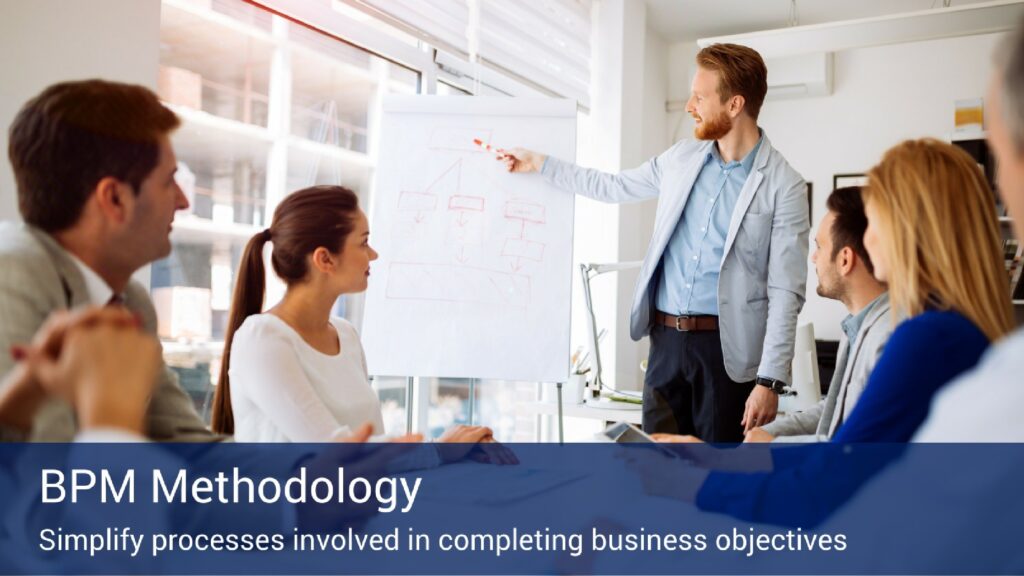Basic BPM Methodology

Last Updated November 4, 2016
The purpose of Business Process Management (BPM) is to simplify processes involved in completing business objectives. BPM is a way businesses can align their processes with their goals in order to improve productivity and overall efficiency.
What is DMAIC and DMEMO?
BPM’s methodology follows a lifecycle of phases, and each phase has its own set of tasks that need to be executed. The most common BPM methodology utilizes five stages: Design, Model, Execute, Monitor and Optimize (DMEMO). Each phase of DMEMO asks specific questions and has certain purposes.
- Design – How is it done and what steps can be taken to complete the process?
- Model – Why is it done that way? What improvements can we make? What can we eliminate to consolidate and automate the procedure?
- Execute – Make adjustments in an attempt to improve the process.
- Monitor – Track the process and see if the modifications are yielding improvements.
- Optimize – What more can we do? If improvements can be made, it’s time to repeat the DMEMO process.
The DMEMO process is similar to another approach called the DMAIC process. It stands for Define, Measure, Analyze, Improve and Control. DMAIC is one of the methodologies typically used in Six Sigma. Each phase of DMAIC has a particular purpose, and uses a step-by-step model to enhance the desired process.
- Define – Define the problem in terms of the customer.
- Measure – Evaluate aspects of the current process and collect data.
- Analyze – Interpret data to identify cause and effect.
- Improve – Use the analysis to determine how to change and optimize the process.
- Control – Eliminate deviations from the target goal in order to correct future mistakes.
Explaining the DMEMO Methodology
Organizations should start by defining a vision and an overall goal for BPM processes. Then, once a strategy has been formulated, businesses can continue by using the DMEMO methodology of objectives, tools and activities in each stage.
- Design – In this stage, businesses determine the current process and metrics and establish future state process modeling. Tools and activities in this stage typically include a document template to gather the data, process modeling and mapping tools, creation of a process library to centralize process documentation and collaboration sessions.
- Measure – This stage consists of analyzing the current process to determine areas for improvement. Businesses can use spreadsheets and software tools to conduct process analysis and simulation during the measurement stage.
- Execute – This step entails the actual testing of the improved process.
- Monitor – Monitoring takes place by comparing the process to defined measurements and metrics. Activities and tools in this stage include reporting, workflow monitoring and audit tools, business activity monitoring, business event processing, and dashboards and reporting.
- Optimize – Optimization involves reevaluating and looking for additional areas in need of improvement. Tools used in the optimize stage can include reporting, analytic and business intelligence, change management and propagation tools.





